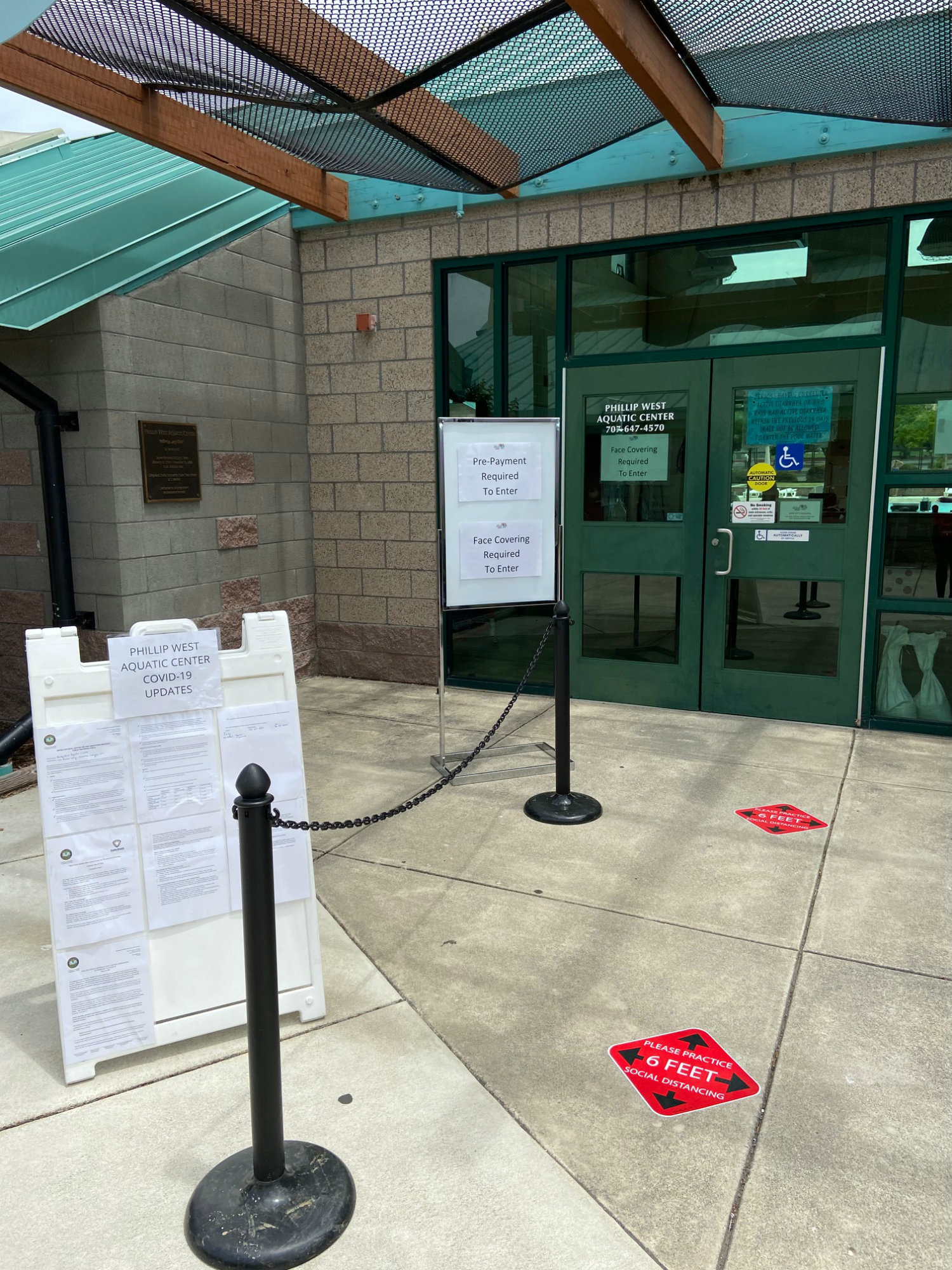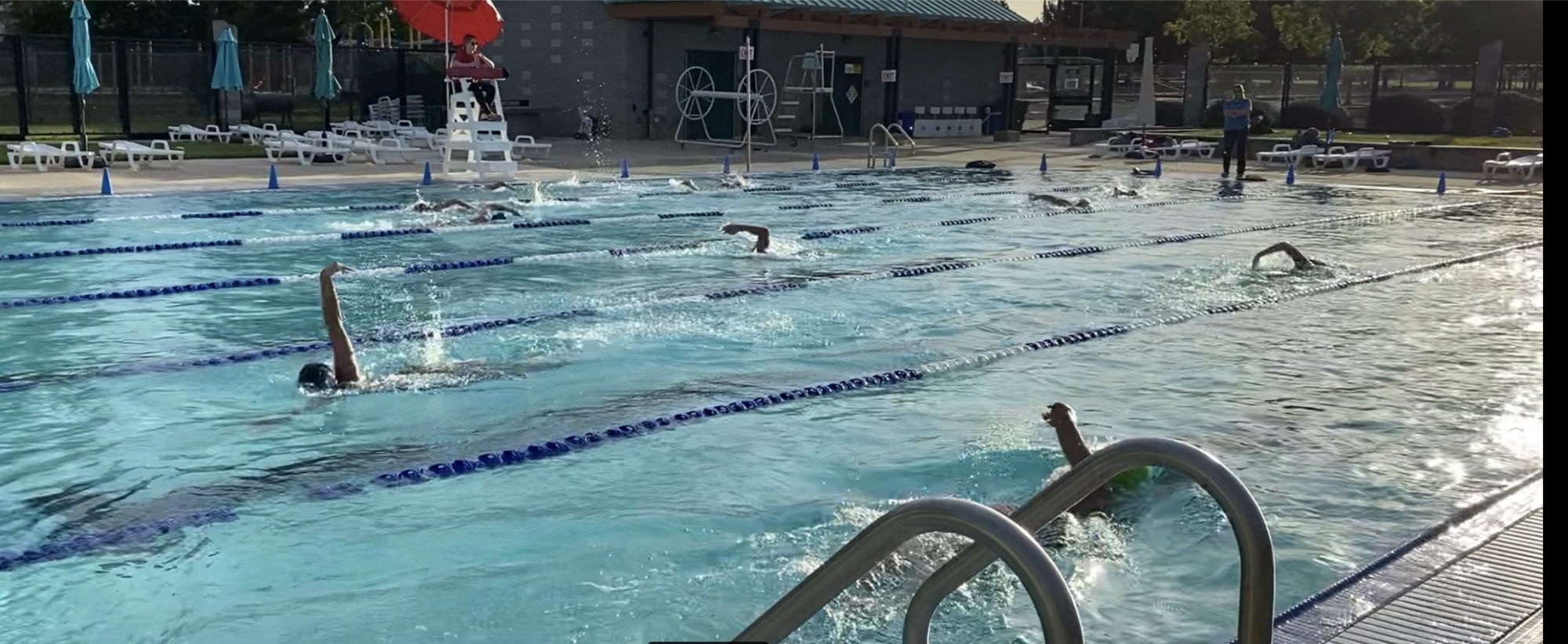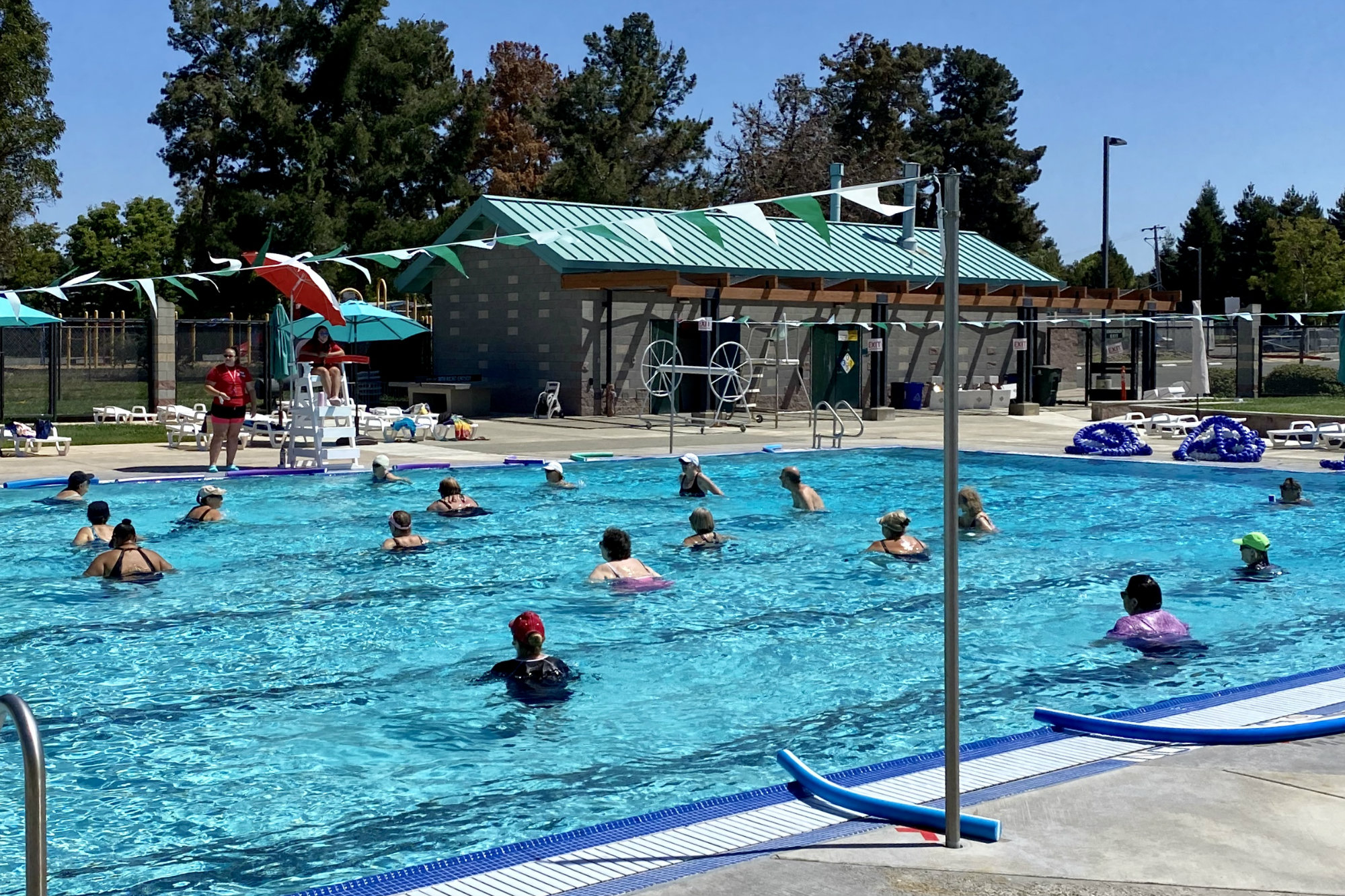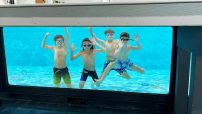In developing the COVID reopening plan for Phillip West Aquatics Center, the team at the City of American Canyon (Calif.) had to meet two goals: Establish guidelines to keep everybody safe, and run a program that paid for itself through user fees. The pandemic hit the city budget hard, leaving it unable to help.
Joedy Michael, aquatics supervisor for City of American Canyon’s Parks and Recreation Department, developed an extensive draft of pool operational guidelines and submitted it to local officials. In short order, the county released its guidance and pool operation guidelines, which closely mirrored City of American Canyon’s.
Facility management had three weeks to bring part-time lifeguards out of unpaid furlough and train them on the extensive sanitation protocol, which required thorough cleaning and disinfection in the 15 minutes between sessions.

Capacities were reduced and instructors worked on-deck rather than in the water. The facility’s layout was adjusted to allow space for social distancing and a one-way traffic flow. Signage, graphics and website content communicated the changes and new protocol to visitors. Class registration was moved to the website and over the phone to remove cash transactions.
A three-phase reopening plan helped the facility and users ease back into use safely. The first phase, begun in mid-June, included programs that naturally provided for social distancing – lap swimming and water aerobics. Lap swimmers followed USA Swimming guidelines. This first phase provided a breaking-in period for staff to become accustomed to the new facility layout and cleaning procedures before introducing more high-use programming.
After a week, Phase Two took effect, re-integrating swim team pool rentals and limited open swim. During the third week, Phase Three was rolled out, taking the facility to its maximum allowable capacity and including programs for all swimming levels. Swim lessons took place daily, while open swim was available six days a week. More swim team pool rentals, water aerobics courses and lap swim opportunities were offered. While capacity was limited to 25%, the schedule closely resembled pre-pandemic times.
Training and preparation

Instructors also had to learn how to teach from the deck. Lifeguards and instructors received training on child development and learned how to teach parents to work with their children. To prepare them, they role-played various scenarios.
The team was able to hold a lifeguard training class. Following guidance from the American Red Cross, they moved 90% of the instruction online. During the in-person portion, all lifeguards received their own personal protective equipment and manikins, and brought people from their own household for portions where social distancing was not possible. During multi-rescuer portions training, all rescuers had PPE, small group cohorts were used and keep the same instructors.
Thanks to all the planning and hard work, the center served a broader range of swimmers than normal, even if fewer could attend. It was able to serve all ages, abilities and swimming levels. “This was the greatest continuum of swimmers we have hosted in our small facility at one time,” Michael says.



